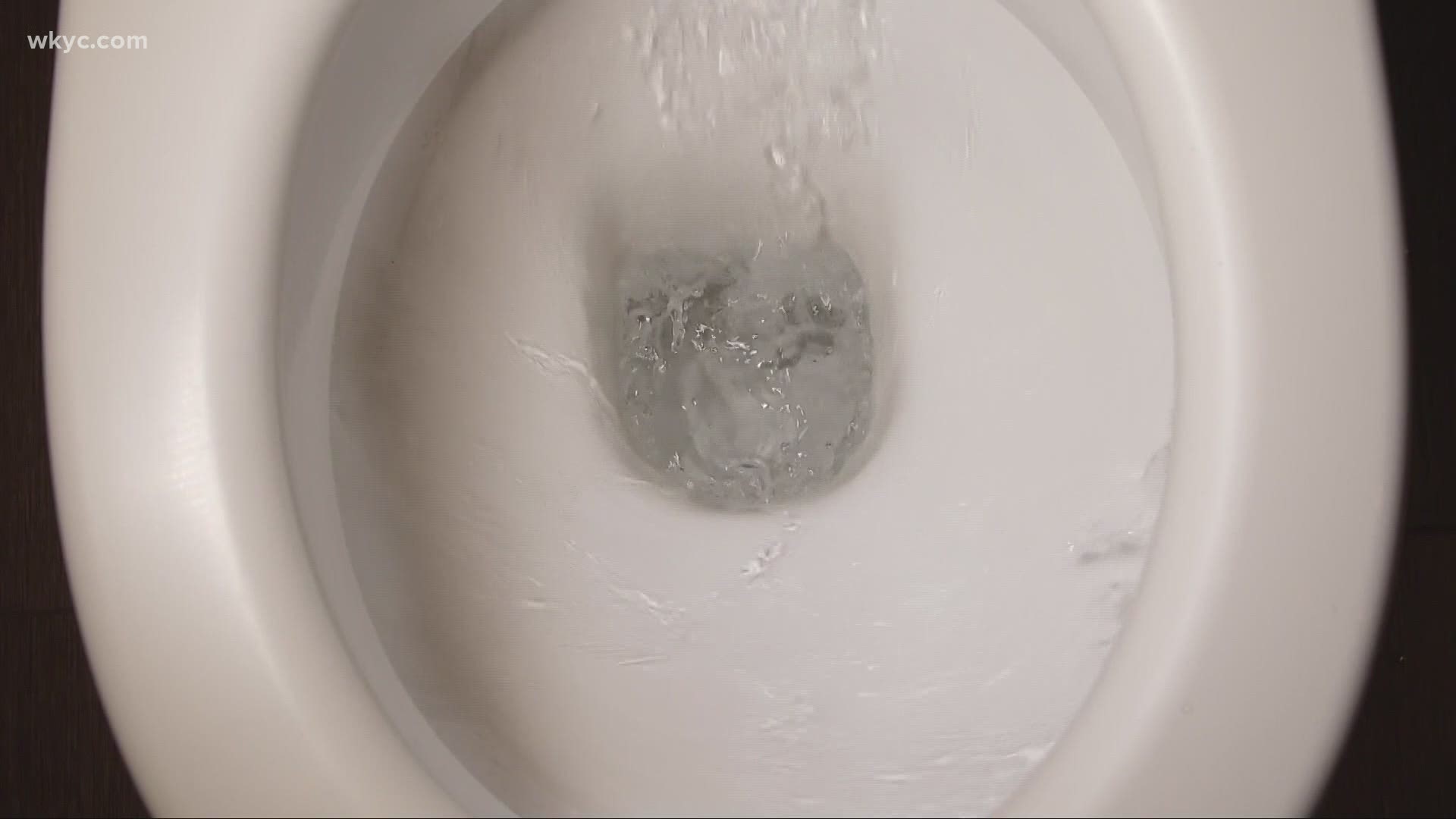CLEVELAND — Editor's note: the video in the player above is from a story published on December 9, 2020.
The Northeast Ohio Regional Sewer District (NEORSD) Board of Trustees has reached an agreement with the US Environmental Protection Agency (US EPA), Department of Justice (DOJ), and the State of Ohio to make modifications to the Sewer District's $3 billion combined sewer overflow consent decree.
The consent decree, otherwise known as Project Clean Lake, includes a number of projects designed to reduce combined sewage discharged into local waterways during heavy rains in the area.
"In addition to protecting public health and the environment, the Sewer District is focused on cost savings for its customers," said Kyle Dreyfuss-Wells, NEORSD CEO. "When we began the modification process in 2018, it was clear that we could eliminate unnecessary expenditures while maintaining, and, in some cases, improving the water quality benefits of Project Clean Lake."
Modifications to Project Clean Lake will aim to improve water quality, plant operations, protect the public's health, and save customers money. The modifications will include implementing better solutions during the construction design process, eliminating unnecessary construction at the southerly wastewater treatment plant, and eliminating unnecessary construction at the westerly wastewater treatment plant. These modifications are expected to save an estimated $91 million collectively.
"When the Sewer District submitted the request for this modification in 2018, it was done with the customer and the environment in mind. Without the benefit of federal funding, the Sewer District is constantly looking for these types of opportunities to save our customers money and do a better job for water quality," said Darnell Brown, Sewer District Board of Trustees President. "This is a win for everyone, and we are appreciative of the US EPA, DOJ, and State of Ohio's work to help us reach this agreement."
The work completed under the consent decree so far has led to the elimination of around 1 billion gallons of combined sewage from discharging into the environment each, the Sewer District reports. An additional 515 million gallons are expected to be added to that total by 2023.

